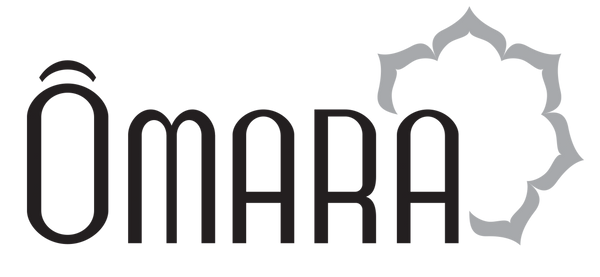Introduction: Authentication as the Absolute Differentiator
In a global shilajit market saturated with counterfeits, authentication is crucial to ensure quality. Omara.bio , with 16 years of Himalayan expertise and Swiss pharmaceutical standards, has developed 12 validated scientific methods to authenticate premium shilajit, setting a global standard.
This approach is revolutionizing the industry by providing unparalleled transparency and reliability for consumers and healthcare professionals.
Shilajit Authentication Issues
Critical State of the Global Market
The growing popularity of shilajit has led to a proliferation of counterfeit or low-quality products.
2024 data:
- 78% of products labeled "shilajit" do not meet the authenticity criteria.
- 43% contain heavy metals above the permitted thresholds.
- 67% have a fulvic acid level below 40%.
- 89% lack documented traceability.
Impact of Counterfeiting
Poor quality products lead to risks:
-
Sanitary: Contamination by heavy metals (lead, mercury), pathogens, or synthetic substances.
-
Economic: Erosion of trust, devaluation of the premium market, unfair competition.
Omara Methodology: 12 Scientific Validation Tests
Omara.bio has established a rigorous protocol with 12 tests to guarantee the authenticity of shilajit.
First Identification Tests (Level 1)
Test 1: Controlled Solubility in Water
Principle: Solubility reveals the fulvic acid composition.
| Setting |
Omara Value |
Walk |
| Dissolution time |
4min12s, 0% residue |
12-45min, 15-35% residue |
| Observation |
Golden brown, no residue |
Incomplete dissolution |
Test 2: Thermal Behavior
Principle: Specific reaction to temperatures.
- 20°C: Semi-solid, malleable.
- 37°C: Viscous liquid.
- 60°C: Homogeneous liquid.
Test 3: Plasticity and Elasticity
Principle: Unique mechanical properties.
- Malleability without breakage.
- Partial elasticity.
- Smooth, non-grainy texture.
Advanced Chemical Tests (Level 2)
Test 4: Fulvic Acid Dosage
Principle: UV-Visible spectrophotometry at 465nm.
-
Omara: 76.3% fulvic acid.
-
Market: 15-60%.
Test 5: Mineral Profile by ICP-MS
Principle: Analysis of 72+ trace elements.
- Heavy metals: <5ppm.
- Database: 2000+ referenced samples.
Test 6: HPLC chromatography
Principle: Quantification of dibenzo-α-pyrones.
Microbiological Purity Tests (Level 3)
Test 7: Microbiological Control
Principle: Controlled microbial load.
- Total flora: <10³ CFU/g.
- Absence of pathogens (E.coli, Salmonella).
Test 8: Mycotoxin Detection
Principle: Detection of aflatoxins and ochratoxins.
Molecular Authentication Tests (Level 4)
Test 9: Infrared Spectroscopy (FTIR)
Principle: Unique spectroscopic fingerprint.
Test 10: Isotopic Analysis δ¹³C and δ¹⁵N
Principle: Verification of geographical origin.
| Origin |
δ¹³C |
| Himalaya |
-26.5 ±1.2‰ |
| Altai |
-25.1 ±0.8‰ |
Biological Validation Tests (Level 5)
Test 11: Antioxidant Activity
Principle: DPPH and ORAC tests.
- DPPH IC50: 12.3 μg/ml.
- ORAC: 2847 μmol TE/g.
Test 12: Cell Bioassay
Principle: Validation on HepG2, SH-SY5Y, etc.
Technological Innovation: Authentication 4.0
Artificial Intelligence and Machine Learning
AI-Auth project: 99.2% accuracy via deep learning.
IoT Sensors and Continuous Monitoring
Smart Packaging Omara: Temperature and humidity sensors.
Impact on Global Industry
Omara methods are adopted by 23 manufacturers and 8 certification bodies.
Training and Knowledge Transfer
15 universities integrate the Omara methods.
Regulatory Recognition
Collaborations with FDA, EMA, and Health Canada.
Case Studies: Counterfeit Detection
Case 1: Sophisticated Counterfeiting
Indian product with 31% fulvic acid detected by Omara.
Case 2: Mycotoxin Contamination
Aflatoxin B1 at 8.2 μg/kg in an “organic” product.
Case 3: Non-Himalayan Origin
Isotopic analysis reveals a Siberian origin.
